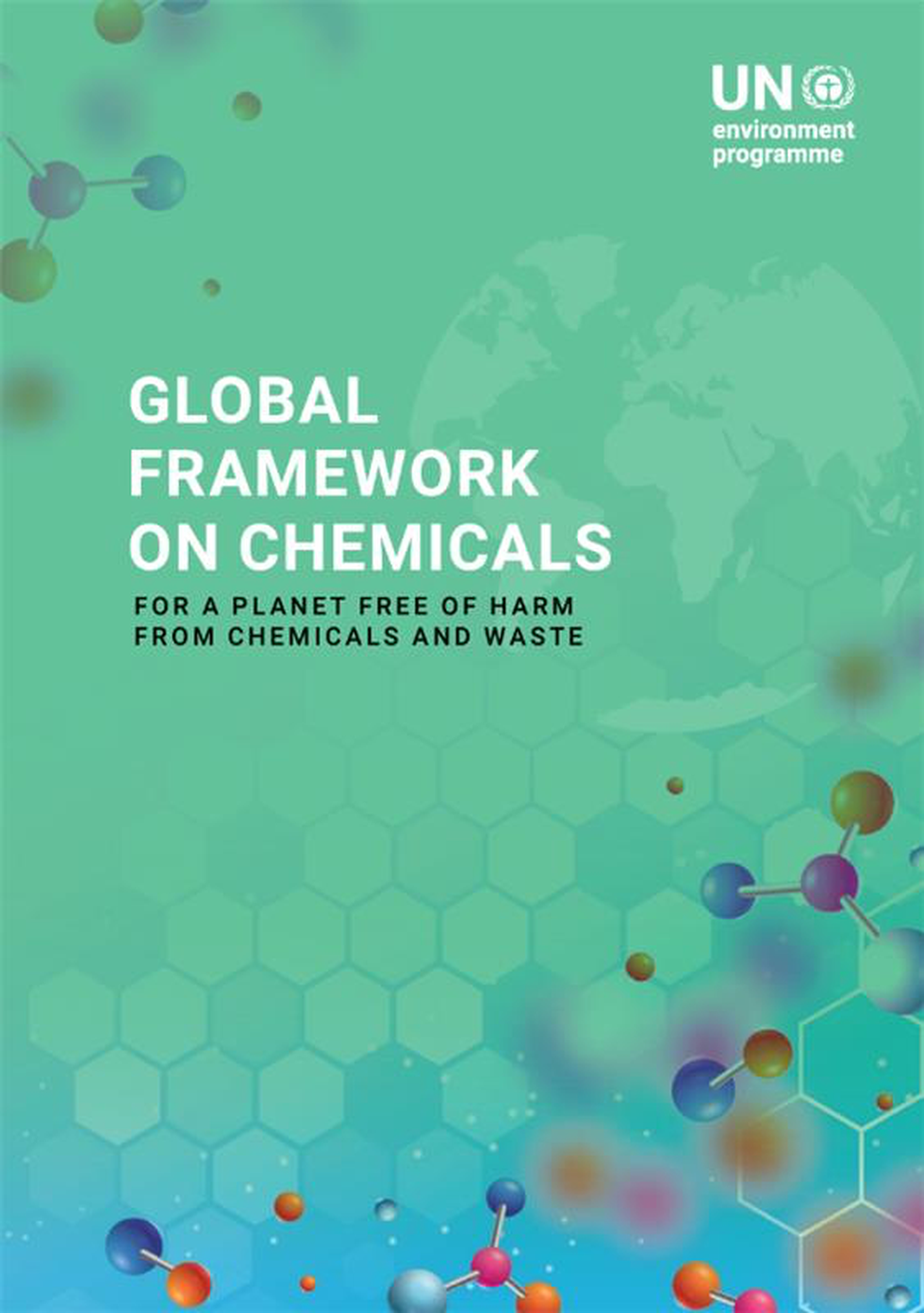
About Global Framework on Chemicals Fund:
- It was established during the fifth International Conference on Chemicals Management (ICCM5) in September 2023.
- It supports countries in implementing this international agreement that guides countries and stakeholders in jointly addressing the lifecycle of chemicals, including products and waste.
- The objective of the Fund is
- To support implementation activities in developing countries, least developed countries, Small Island Developing States and countries with economies in transition.
- This will be achieved by financing projects and programmes that will support transformative change to prevent, or where prevention is not feasible, minimize harm from chemicals and waste to protect the environment and human health,
- The Executive Board takes the operational decisions and oversees the functioning of the Fund. It is composed of:
- 2 National representatives of each United Nations region
- Representatives of all donors and contributors.
- Financing: The Fund provides financial support of 300,000 to 800,000 USD for an implementation period of up to three years.
- Funding for the GFC Fund is provided through voluntary contributions.
What is Global Framework on Chemicals?
- The framework is based around 28 targets that aim to improve the sound management of chemicals and waste.
- It is multi-sectoral agreement focuses on chemicals and waste and calls for the prevention of illegal trade, the strengthening of national legal frameworks and the elimination of highly hazardous pesticides in agriculture by 2035.
2. Emergency Use Listing

About Emergency Use Listing:
- EUL Procedure is a risk-based procedure for assessing and listing unlicensed vaccines, therapeutics and in vitro diagnostics.
- It aims to expedite the availability of these products to people affected by a public health emergency.
- This will assist interested UN procurement agencies and Member States in determining the acceptability of using specific products, based on an essential set of available quality, safety and efficacy and performance data.
- Criteria for products listing under EUL
- The disease for which the product is intended is serious or immediately life-threatening has the potential of causing an outbreak, epidemic or pandemic.
- Existing products have not been successful in eradicating the disease or preventing outbreaks.
- The product is manufactured in compliance with current Good Manufacturing Practices (GMP) in the case of medicines and vaccines and under a functional Quality Management System (QMS) in the case of IVDs.
3. What are Eco-Sensitive Zones?
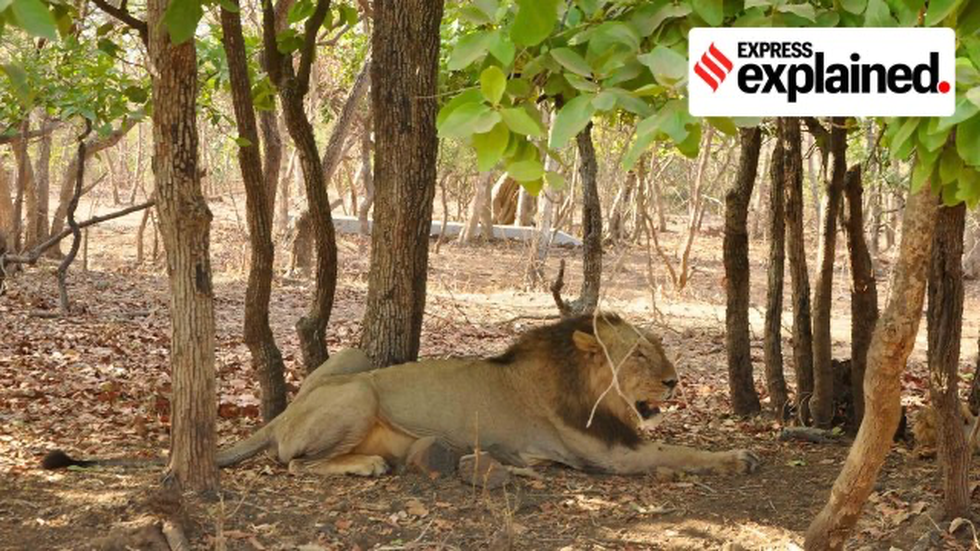
About Eco-Sensitive Zones:
- As per the National Wildlife Action Plan (2002-2016), issued by the Union Ministry of Environment, Forest and Climate Change, land within 10 km of the boundaries of national parks and wildlife sanctuaries is to be notified as eco-fragile zones or Eco-Sensitive Zones (ESZ).
- While the 10-km rule is implemented as a general principle, the extent of its application can vary.
- Areas beyond 10 km can also be notified by the Union government as ESZs if they hold larger ecologically important “sensitive corridors”.
- It acts as a buffer zone around Protected Areas — national parks, wildlife sanctuaries, tiger reserves, etc. — so that the wildlife has a transition zone around them.
- Significance of ESZ
- Eco-Sensitive Zones are created as “shock absorbers” for the protected areas, to minimize the negative impact on the “fragile ecosystems” by certain human activities taking place nearby.
- These areas are meant to act as a transition zone from areas requiring higher protection to those requiring lesser protection.
- Permitted activities in ESZ: Ongoing agricultural or horticultural practices, rainwater harvesting, organic farming, among others.
- No commercial mining, stone quarrying, large hydroelectric projects, polluting industries, brick kilns, etc. are allowed in ESZ.
- Commercial establishment of hotels, resorts, small-scale non-polluting industries and the construction of civic amenities are regulated.
What makes Gir unique?
- Gir protected areas include the Gir National Park, the Gir Wildlife Sanctuary, the Paniya Wildlife Sanctuary and the Mitiyala Wildlife Sanctuary, spread across the Junagadh, Amreli and Gir Somnath districts in Gujarat’s Saurashtra region in its south.
4. Barnawapara Wildlife Sanctuary
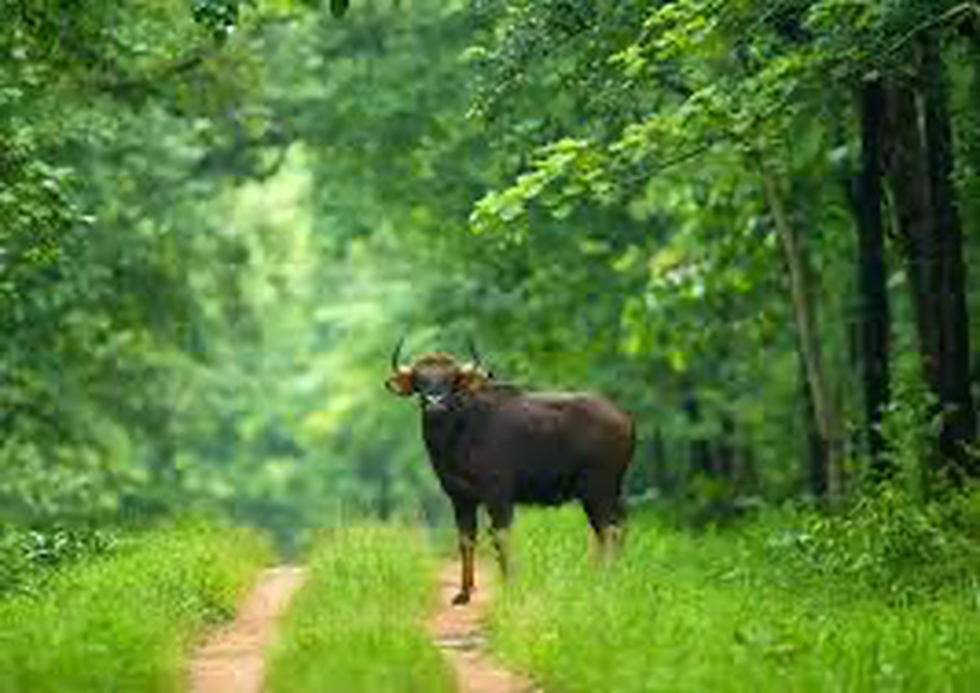
About Barnawapara Wildlife Sanctuary:
- Location: It is located in the district of Raipur in Chhattisgarh.
- The rivers Balmedhi, Jonk and Mahanadi are the lifeline river which runs along the sanctuary.
- River Balamdehi forms the western boundary and Jonk River forms the northeastern boundary of the Sanctuary.
- Flora: The sanctuary contains major vegetation of Teak, Sal and Mixed forest.
- Fauna: Cheetal, Sambhar, Nilgai and Wild Boar, Sloth Bear, Wild Dog, are commonly seen.
Key facts about Indian Wild Buffalo
- It is the state animal of Chhattisgarh (India) and is a large species of bovine native to the Indian Sub-continent and Southeast Asia.
- Habitat: It is mainly found in the alluvial grasslands, marshes, swamps and river valleys.
- In India, they are generally concentrated in North East India in Kaziranga National Park, Manas and Dibru-Saikhowa National Parks, Laokhowa Wildlife Sanctuary and Bura Chapori Wildlife Sanctuary, D’Ering Memorial Wildlife Sanctuary in Arunachal Pradesh.
- Conservation Status
- IUCN: Endangered
- Wild Life (Protection) Act, 1972: Schedule 1
5. Respiratory Synctial Virus Infection
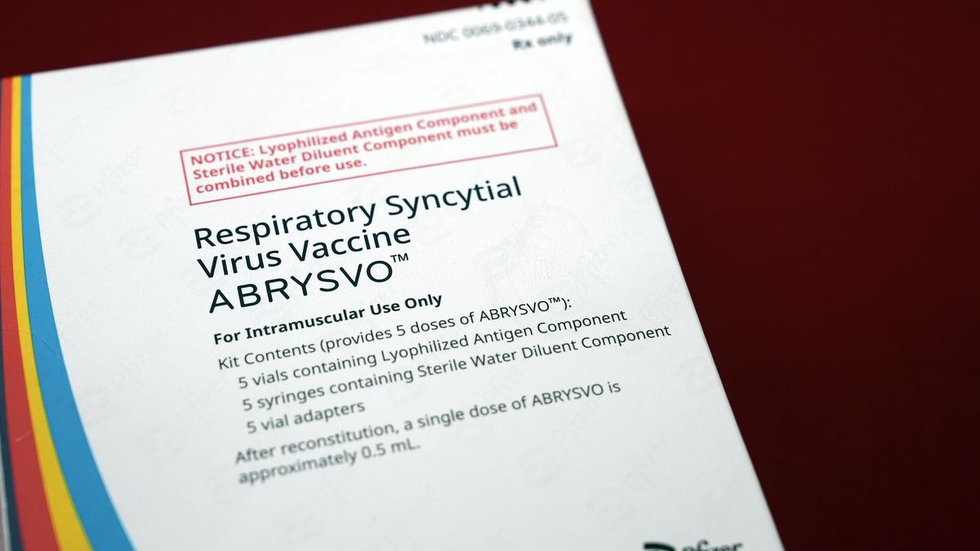
About Respiratory Synctial Virus Infection:
- RSV, which typically causes cold-like symptoms, is a leading cause of severe infection and death in babies and older adults.
- Symptoms: They include a runny nose, a decrease in appetite and cough etc.
- Transmission: RSV spreads from person to person through
- The air by coughing and sneezing;
- Direct contact, such as kissing the face of a child who has RSV;
- Touching an object or surface with the virus on it, then touching your mouth, nose, or eyes before washing your hands;
- Premature infants, babies younger than 6 months old, people above age 65 and people who have a compromised immune system, chronic lung disease or congenital heart condition can get a more severe case of RSV.
- People who have an RSV infection are usually contagious for 3 to 8 days. But sometimes infants and people with weakened immune systems can continue to spread the virus for as long as 4 weeks.
- A severe infection leads to pneumonia and bronchiolitis.
6. What is Progeria?

About Progeria:
- Progeria, also known as Hutchinson-Gilford progeria syndrome, is an extremely rare, progressive genetic disorder.
- It causes children to age rapidly.
- A tiny genetic mutation causes the disease.
- It is reported to occur in 1 in 4 million newborns worldwide.
- Newborns with the disorder appear to be healthy at birth but usually start to show signs of premature aging during their first one to two years of life.
- Their growth rate slows, and they don’t gain weight as expected.
- Progeria doesn't affect a child's intelligence or brain development.
- However, their rapid aging causes distinct physical characteristics, including:
- Hair loss (baldness).
- Prominent eyes.
- Aged, wrinkled skin.
- A thin, beaked nose.
- Disproportionately small face compared to head size.
- Loss of fat under the skin.
- As children with progeria get older, they get diseases you'd expect to see in people age 50 and older, including bone loss, hardening of the arteries, and heart disease.
- The condition is always fatal. Heart problems or strokes are the eventual cause of death in most children with progeria.
- The average life expectancy for a child with progeria is about 15 years. Some with the condition may die younger, and others may live longer, even to about 20 years.
There's no cure for progeria. A drug called lonafarnib has been shown to slow down the progression of the disease.
7. Key Facts about English Channel
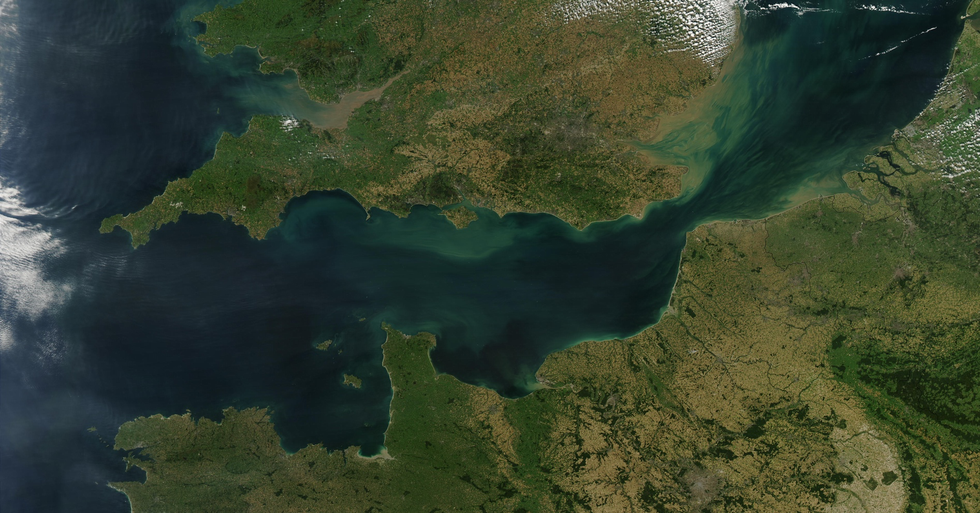
About English Channel:
- It is a narrow arm of the Atlantic Ocean.
- It separates the southern coast of England (part of Great Britain) from the northern coast of France.
- The channel and the North Sea are connected by the Strait of Dover in the east.
- The current name, “English Channel,” dates back to the 18th century. Before then, the English mostly referred to the waterway as a “Narrow Sea.”
- The French refer to the Channel as “la Manche” because of its sleevelike shape.
- With an area of some 29,000 square miles (75,000 square km), it is the smallest of the shallow seas covering the continental shelf of Europe.
- It is 350 miles (560 kilometers) long. At its widest point, it is 150 miles (240 kilometers) across. At its narrowest, it is only 21 miles (34 kilometers) across.
- It is a shallow waterway with an average depth of 63 m.
- Climate: Temperate maritime climate, with warm summers and cold winters.
- The main islands are the Isle of Wight and the Channel Islands (a collection of islands including Jersey, Guernsey, Alderney, and Sark).
- It is one of the world’s busiest shipping areas, linking southern England, the United Kingdom to northern France.
- It accounts for up to 20% of the global maritime trade and connects the Atlantic Ocean to the North Sea.
8. What is Fattah-2?
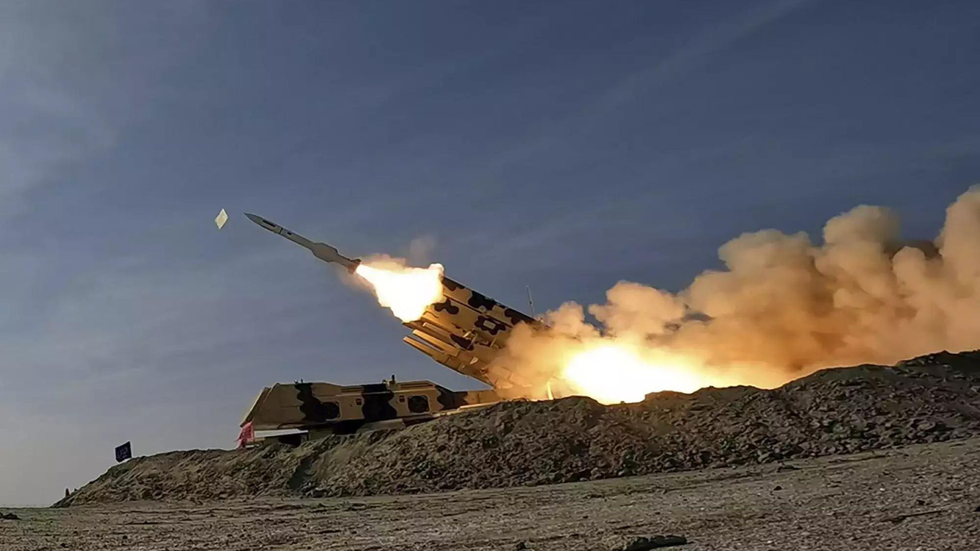
About Fattah-2:
- Fattah, which means conqueror in Farsi, is a hypersonic ballistic missile.
- It was developed by Iran. It is a new version of its first domestically made hypersonic ballistic missile named ‘Fattah’.
- Features:
- It is equipped with a Hypersonic Glide Vehicle (HGV) warhead that can manoeuvre and glide at hypersonic speed.
- It uses a liquid-fuel rocket propellant. The liquid fuel engine can adjust the thrust force.
- The precision-guided two-stage missile can hit targets within a range of 1500 kilometres with a velocity of Mach 15 (fifteen times the speed of sound, i.e 18522 km/hr).
- Measuring 12 meters in length, it can carry 200 kilograms of explosives.
- It is capable of significant trajectory changes during flight to evade defence systems.
- While the missile can accelerate outside the Earth's atmosphere, its aerodynamic control surfaces allow for steering within the atmosphere.
9. Who are Pashtuns?
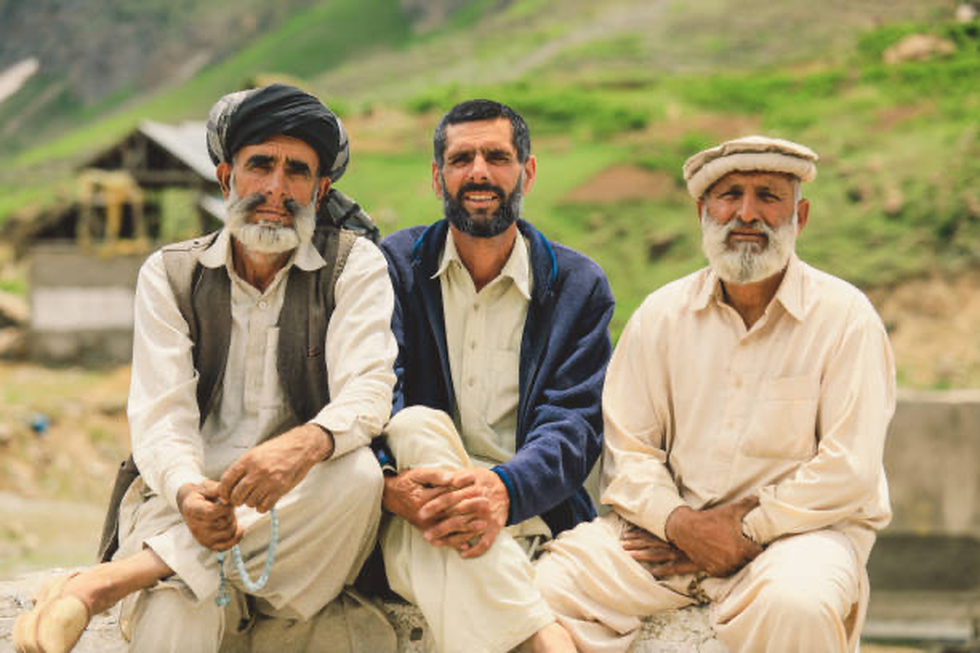
About Pashtuns:
- Pashtuns—also known as “Pathans” and “Pakhtuns”—are an ethnic group of people found throughout Afghanistan and Pakistan.
- They reside primarily in the region that lies between the Hindu Kush in northeastern Afghanistan and the northern stretch of the Indus River in Pakistan.
- The Pashtuns in Pakistan were separated from those in Afghanistan by the ‘Durand Line’, which divided the region between British India and Afghanistan in the late 19th century.
- The Pashtun constitute the largest ethnic group of the population of Afghanistan (40-50 percent of the population) and bore the exclusive name of Afghan before that name came to denote any native of the present land area of Afghanistan.
- The Pashtun are united primarily by a common language, Pashto (an official language of Afghanistan).
- They are generally able to speak Farsi (Persian), when necessary, often relying on the language in the context of trade dealings in the region.
- Other commonalities include Sunni Islam and a common social code (Pashtunwali) that governs both ethical behaviour and custom.
- Kinship is the basis of Pashtun society.
- Each tribe, consisting of kinsmen who trace descent in the male bloodline from a common tribal ancestor, is divided into clans, subclans, and patriarchal families.
- Occupation:
- Most Pashtun are sedentary farmers, combining cultivation with animal husbandry. Some are migratory herders and caravaners.
- Many Pashtuns serve in the military. Smaller numbers hold political posts.
10. Kawal Tiger Reserve
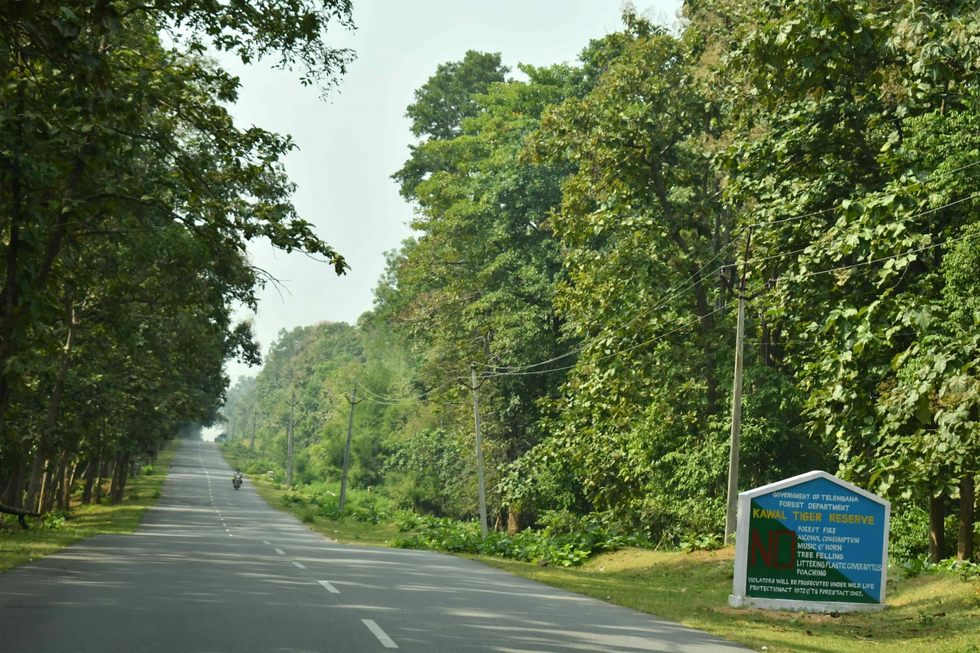
About Kawal Tiger Reserve:
- It is located in the north eastern part of Telangana State along the banks of the river Godavari, forming part of the Deccan Peninsula-central highlands.
- Spanning over 2015 sq. km, the reserve is nestled in the Sahyadri Mountain Ranges.
- The government of India declared Kawal Wildlife Sanctuary a Tiger Reserve in 2012.
- It has a diverse habitat comprising dense forests, grasslands, open areas, rivers, streams, and water bodies.
- Rivers: The reserve is the catchment for the rivers Godavari and Kadam, which flow towards the south of the sanctuary.
- Geographically, the reserve is situated at the southernmost tip of the Central Indian Tiger Landscape, having linkages with the Tadoba-Andhari (Maharashtra) and Indravati (Chhattisgarh) tiger reserves.
- Vegetation: Southern Tropical Dry Deciduous Forest.
- Flora: Teak is found extensively, along with Bamboo.
- Fauna:
- It is home to a diverse range of animals, including Cheetal, Sambar, Barking Deer, Nilgai, Sloth Bear, Indian Bison, Panther, and Tiger.
- Reptiles like Crocodile, Python, Monitor Lizard, Star Tortoise, and Cobra can also be found within its boundaries.


























































































































































.png)
.png)
.png)
.png)
.png)


.png)
.png)
.png)





.png)
.png)






.png)
.png)
.png)
.png)
.png)
.png)
.png)
.png)
.png)

.png)







.png)
.png)


.png)
.png)
.png)


.png)

.png)
.png)





.jpg)

.png)
.png)


.png)

.png)
.png)
.png)

.jpg)

.jpg)


.png)

.png)
.png)
.png)
.png)
.png)
.png)
.png)
.png)
.png)
.png)




.png)

.png)





.png)
.png)
.png)
.png)
.png)
.png)
.png)
.png)
.png)
.png)
.jpg)
.jpg)

.png)
.png)
.png)
.png)
.png)
.png)
.png)
.png)
.png)
.png)
.png)
.png)
.png)
.png)
.png)
.png)
.png)
.png)
.png)
.png)
.png)
.png)



.png)
.png)

.jpg)
.jpg)


.jpg)
.jpg)
.jpg)
.jpg)
.jpg)

.jpg)








.jpg)
.jpg)
.jpg)
.jpg)
.jpg)

















.jpg)
.jpg)







.jpg)


















.jpg)
.jpg)






























































































.jpg)
.jpg)


























.jpg)

.jpg)










.jpg)








.jpg)




.jpg)










.jpg)


















.jpg)












































.jpg)














.jpg)
.jpg)
.jpg)





.jpg)

.jpg)
.jpg)





































































.jpg)


































.jpg)
.jpg)
















































.jpg)












.jpg)


.jpg)




.jpg)
.jpg)
.jpg)

.jpg)
.jpg)
.jpg)
.jpg)

.jpg)
.jpg)
.jpg)

.jpg)
.jpg)
.jpg)
.jpg)
.jpg)
.jpg)
.jpg)
.jpg)

.jpg)


.jpg)
.jpg)
.jpg)
.jpg)
.jpg)
.jpg)
.jpg)
.jpg)
.jpg)
.jpg)











.jpg)
.jpg)





.jpg)
.jpg)
.jpg)
























.jpg)
























.jpg)









.jpg)
.jpg)







.jpg)
.jpg)









































.jpg)
.jpg)
.jpg)
.jpg)
.jpg)

.jpg)
.jpg)
.jpg)
.jpg)
.jpg)


.jpg)
.jpg)
.jpg)
.jpg)
.jpg)

.jpg)
.jpg)
.jpg)
.jpg)
.jpg)
.jpg)
.jpg)
.jpg)
.jpg)
.jpg)
.png)

.png)
.png)

.png)
.png)
.png)
.png)


.jpg)
.jpg)

.jpg)
.jpg)
.jpg)

.png)
.png)
.png)
.png)
.png)
.png)
.png)

.png)
.png)
.png)
.png)
.png)
.png)
.png)
.png)
.png)
.png)





































































-min.png)



.png)




.png)








































